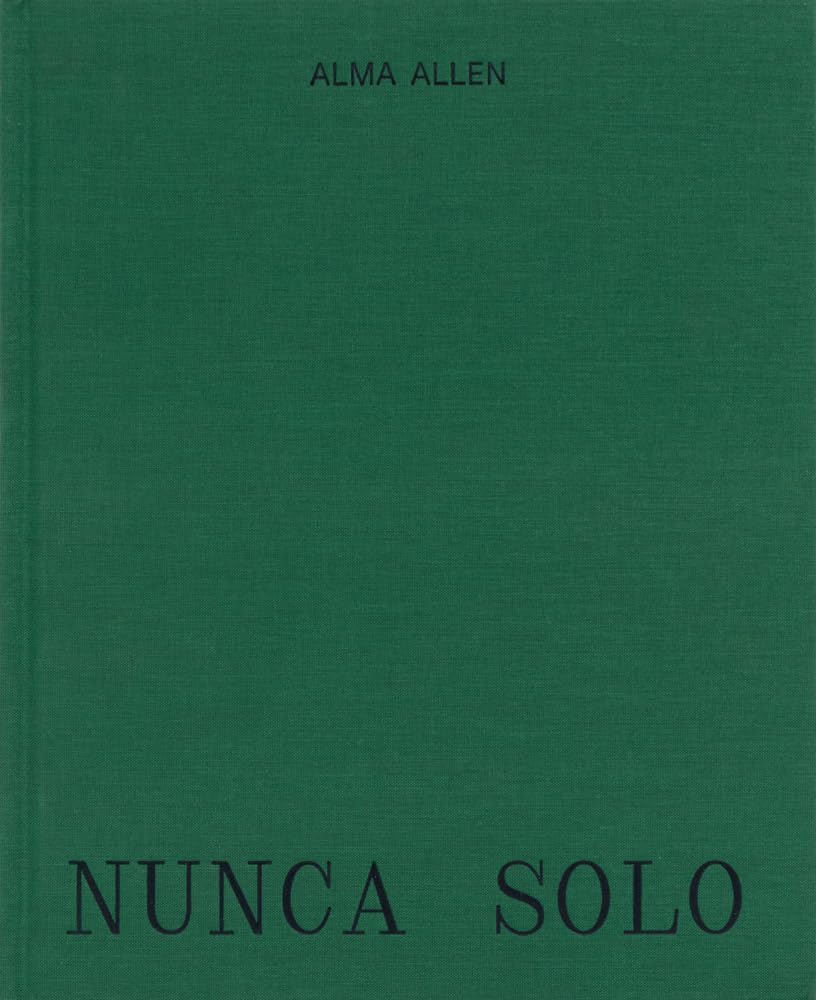Kasmin Books is pleased to present Alma Allen: Nunca Solo, a catalogue accompanying the artist’s exhibition at Museo Anahuacalli, Diego Rivera’s iconic museum in Mexico City. With translations in both English and Spanish, this volume delves into Allen’s ongoing engagement with time, form, and hybridity through twenty-six newly commissioned sculptures installed among the volcanic architecture and grounds of the museum.
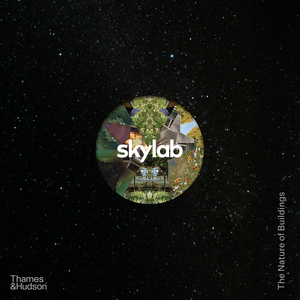
From highly crafted residences to impactful cultural projects, this uniquely designed book—conceived as a double vinyl album—offers a detailed look at Skylab’s innovative work.
Skylab: The Nature of Buildings is the first monograph of the Portland, Oregon-based architecture and design studio. Founded by Jeff Kovel in 1999, Skylab has emerged as a leading creative force in the Pacific Northwest and North America. At the vanguard of innovative and sustainable design, the practice is known for a range of spectacular residences designed for leading creatives, as well as distinctive music venues, resorts, and other high-profile projects, including the N M Bodecker Foundation, Nike’s Serena Williams Building, and the Columbia Building. Presenting more than two decades of work, the story of Skylab is told by several influential contributors through reflective essays, interviews, conversations, and anecdotes, as well as extensive project photography and illustrations that detail the firm’s design process.
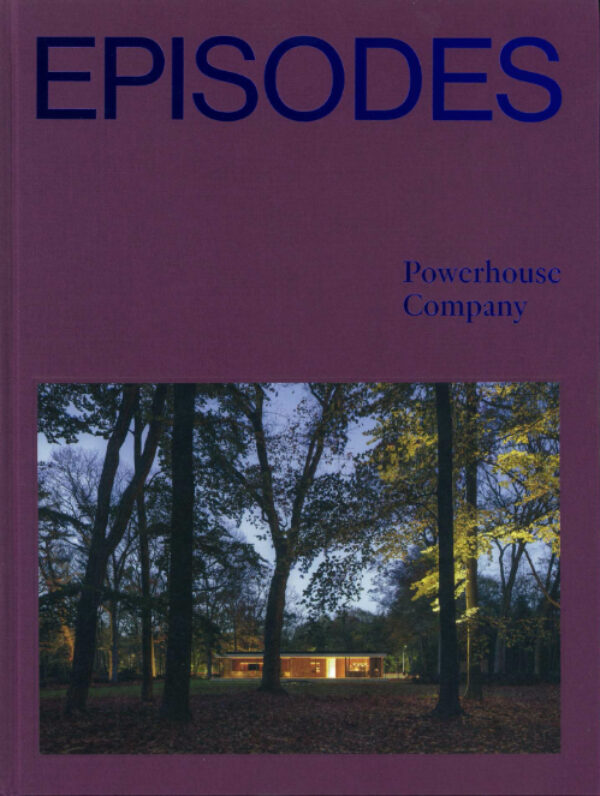
With 18 projects ranging from a chair to high-rise buildings, this book offers a cross section of the recent work of Powerhouse Company, which is based in Rotterdam, Munich, and Oslo. These projects are episodes in the success story of an architectural office that only completed its first building, a villa, in 2007. In three essays, Mimi Zeiger, Hans Ibelings, and Gay Gassmann share their insights on the work and the motivations of Powerhouse Company. Episodes traces how Powerhouse Company’s architecture has evolved while retaining what sets it apart: its attention to craftsmanship and innovation, its generosity, its comfort, and its resolute beauty.
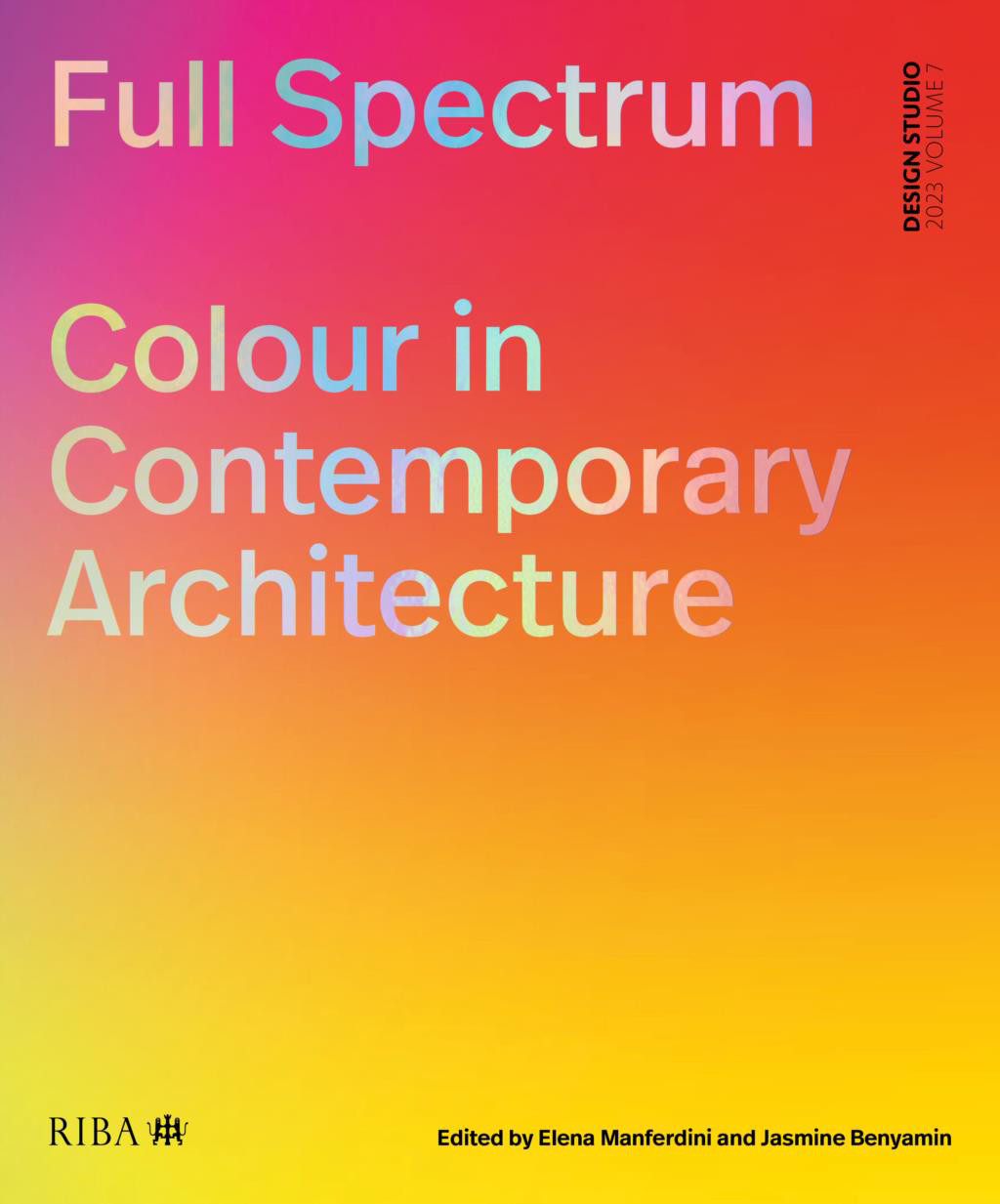
Colour is architecture’s sharpest tool in the box. It has indexed everything from the feminine, cosmetic and vulgar to the pure, intrinsic and embodied.
Attitudes to colour are constantly shifting. They have played a central role in the history of architecture: from the polychromy of the ancients to the great white interiors of high modernism; the figurative flourishes of postmodernism to the embodied sublime of contemporary building systems and facades.
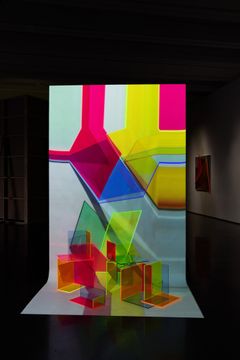
Since the 1970s, Barbara Kasten (born 1936) has developed her expansive photographic practice through the lens of sculpture, painting, theater, textile and installation. Well known within photographic and contemporary art discourse, the Chicago-based artist has recently begun to be reconsidered within the broader context of architectural theory. This survey contextualizes Kasten’s investigations into how moving images and light play within and through architectural forms.
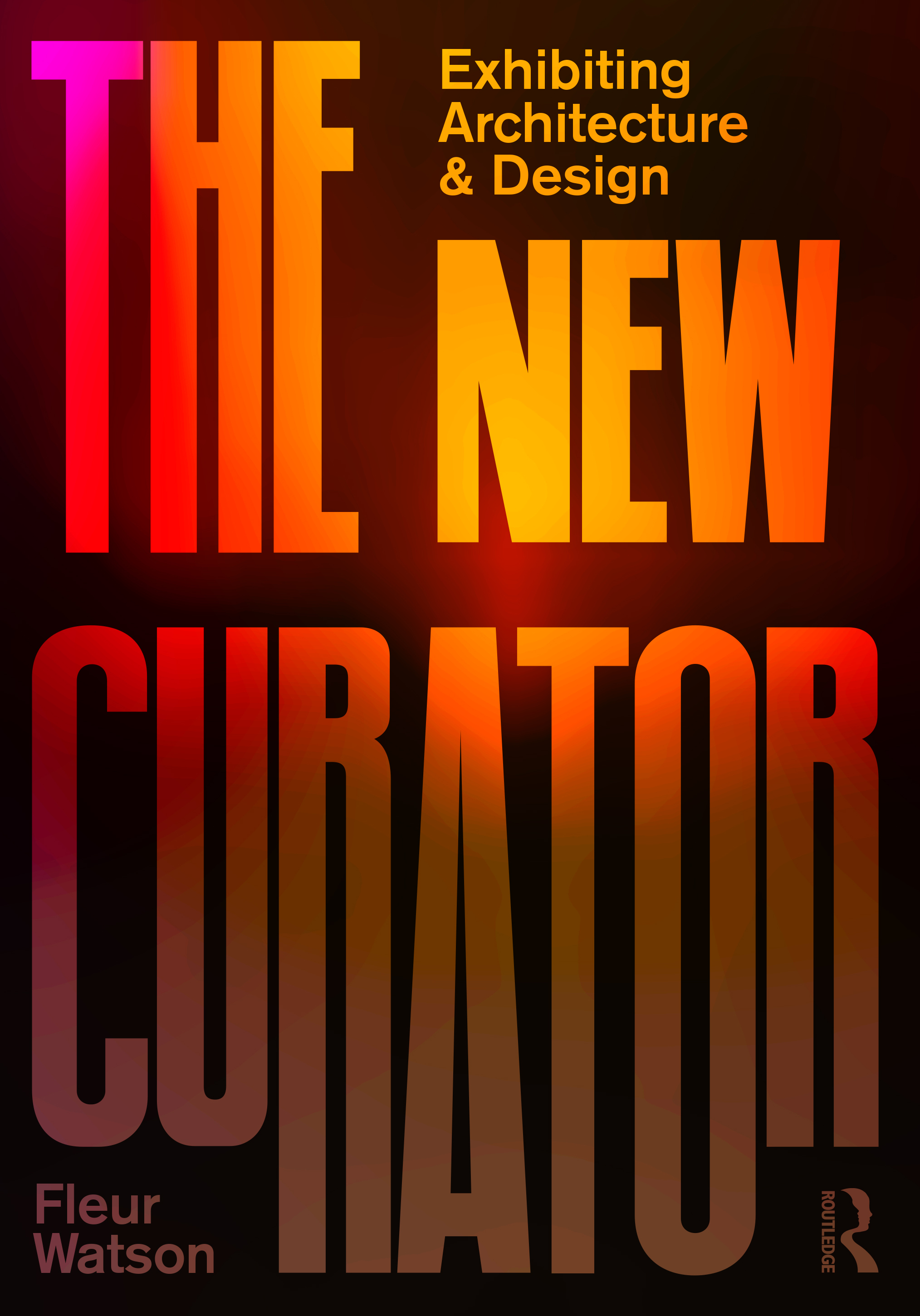
The New Curator: Exhibiting Architecture and Design examines the challenges inherent in exhibiting design ideas. Traditionally, exhibitions of architecture and design have predominantly focused on displaying finished outcomes or communicating a work through representation.
In this ground-breaking new book, Fleur Watson unveils the emergence of the ‘new curator’. Instead of exhibiting finished works or artefacts, the rise of ‘performative curation’ provides a space where experimental methods for encountering design ideas are being tested. Here, the role of the curator is not that of ‘custodian’ or ‘expert’ but with the intent to create a shared space of encounter with audiences.
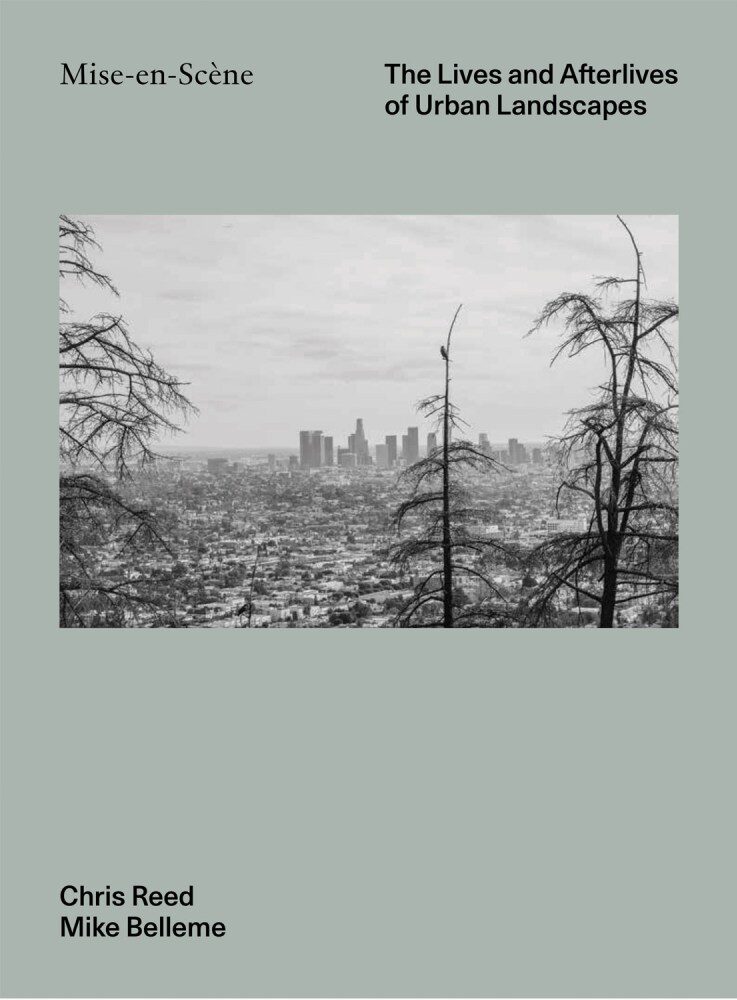
Mise-en-Scène is an immersive exploration of the social lives of urban landscapes—the actors and actions that compose the daily theater of urban life. Conceived as a unique collaboration between an urbanist, Chris Reed, and a photographer, Mike Belleme, the book combines photo essays, original maps and drawings, newly commissioned essays, excerpts from historical writings, and interviews with residents. The result is a rigorous and artful examination of the social, cultural, environmental, and economic challenges of life in American cities today. Read More …
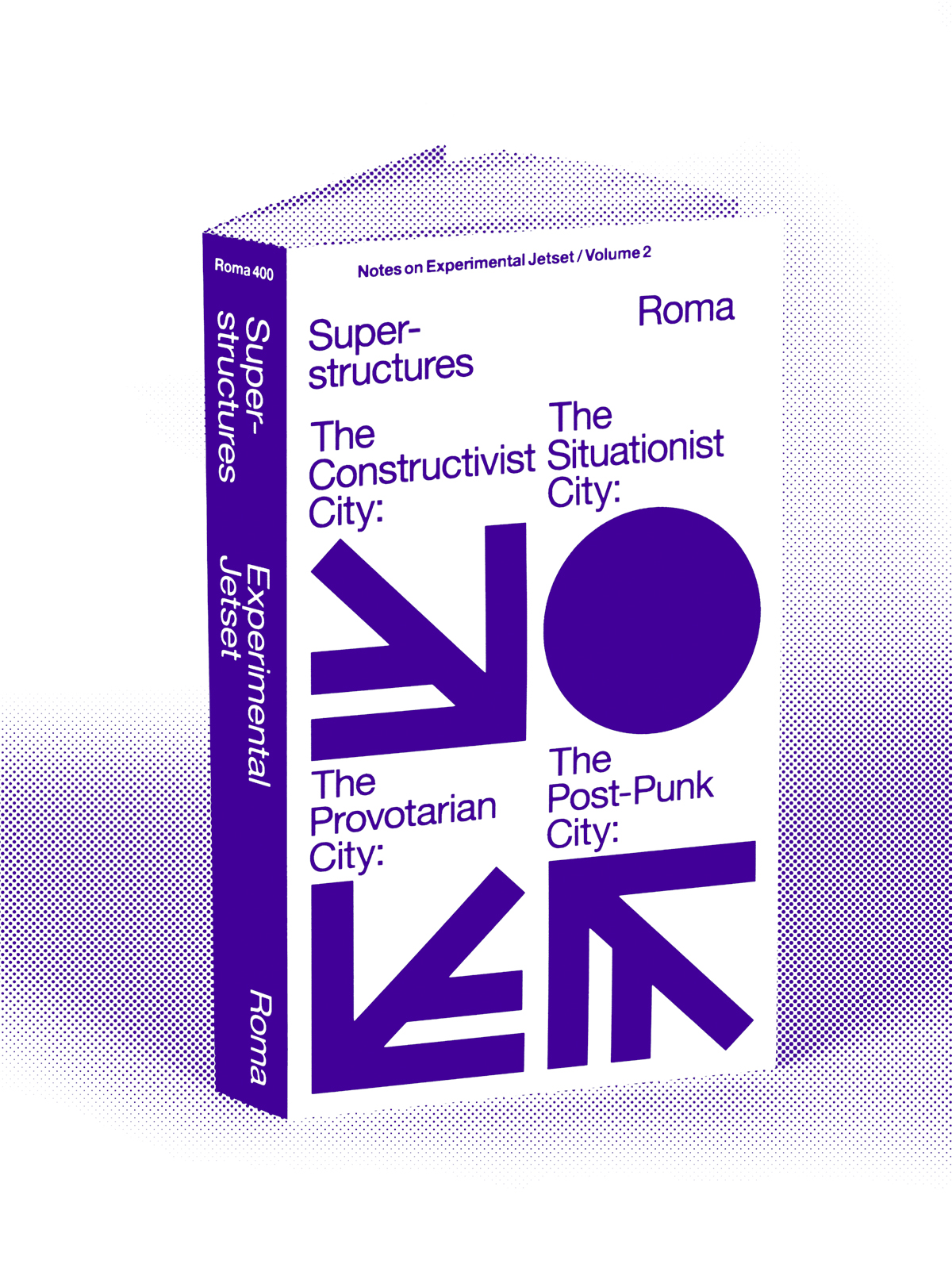
Superstructures (Notes on Experimental Jetset / Volume 2) is an inquiry into the role of the city as an infrastructure for language (and simultaneously, into the role of language as an infrastructure for the city), as seen through the lens of four historical movements: Constructivism, the Situationist International, Provo, and the Post-Punk explosion. Based on a research project (and accompanying exhibition) by Experimental Jetset, the publication features footnotes written by Vasyl Cherepanyn, Leontine Coelewij, Linda van Deursen, Experimental Jetset, Owen Hatherley, Brad Haylock, Dirk van den Heuvel, Lieven Lahaye, Samata Masato, Tom McDonough, Kateryna Mishchenko, Other Forms, Mark Owens, Megan Patty, Adam Pendleton, Simon Reynolds, Ian F. Svenonius, McKenzie Wark, Lori Waxman, and Mimi Zeiger. The 420-page paperback comes with a 24-page zine, zooming in on the design typology of the original exhibition.
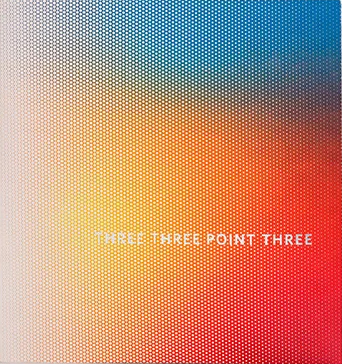
The title of our first Opacity monograph: 33.3 This Point In Time, marks the completion of our first Opacity cycle. It is a sweeping publication rich with content, from beautiful imagery and compelling infographics to thought-provoking essays by esteemed writers and critics: Mimi Zeiger on Context; Alissa Walker on Form; Susan Szenasy on Materials; Aaron Betsky on Program; Katie Gerfen on Space; and Chrysanthe Broikos on Sustainability.
Edited by Jenna M. McKnight, this monograph looks to both the past and the future; it also looks inward by exploring the people who make up the firm’s vast architectural practice. As this book makes evident, we are composed of many distinct threads that are woven together to form a powerful collective. The Opacity program celebrates the diversity of this collective, while underscoring the shared goal of design excellence.
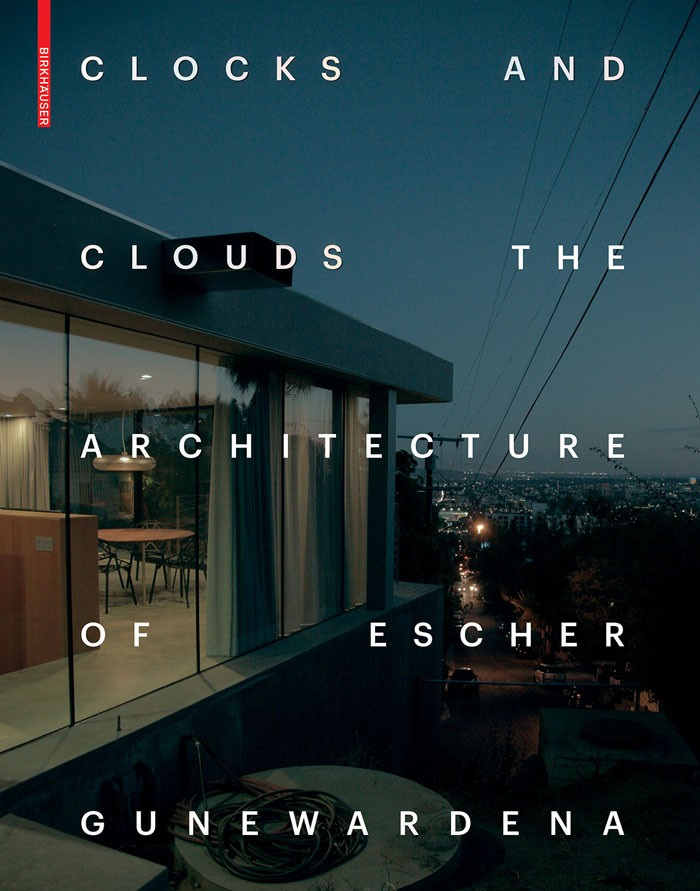
Editor: Lilian Pfaff
Clocks and Clouds: The Architecture of Escher GuneWardena, a monograph covering about 30 selected projects – unbuilt and completed – spanning a period of 20 years. The work includes, in addition to expected building types of residential, commercial and institutional categories, projects outside of the architects’ usual realm: Escher, an expert on John Lautner (1911-1994), has edited/co-authored two books on this architect and the firm has restored the Chemosphere and the Eames House. Further, stemming from the principals’ interest in contemporary art, the firm has collaborated with artists such as Olafur Eliasson, Sharon Lockhart, Steven Prina, Mike Kelley and others, and has designed spaces for art and museum exhibitions nationally and internationally.
The book will include an introductory text and essays by various writers familiar with their work (Martino Stierli, Barbara Lamprecht, Nicholas Olsberg, Lilian Pfaff, Sabine Eckmann, Mimi Zeiger and Paulette Singley). The essays will convey recurring concepts in the architects’ work ranging from ideas of “order” and “system”, to “accidental form”, and the subtle manipulations that lie between these positions, or what philosopher Karl Raimund Poppers categorizes as “clocks and clouds”: that which can be measured exactly (clocks); and that which has indefinite occurrences (clouds).
